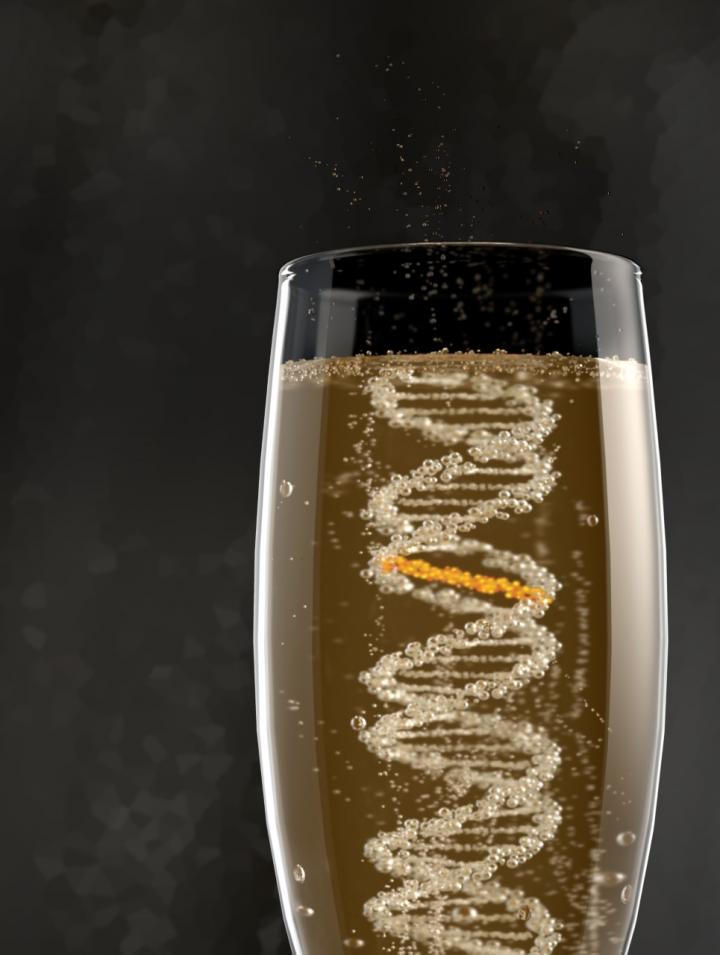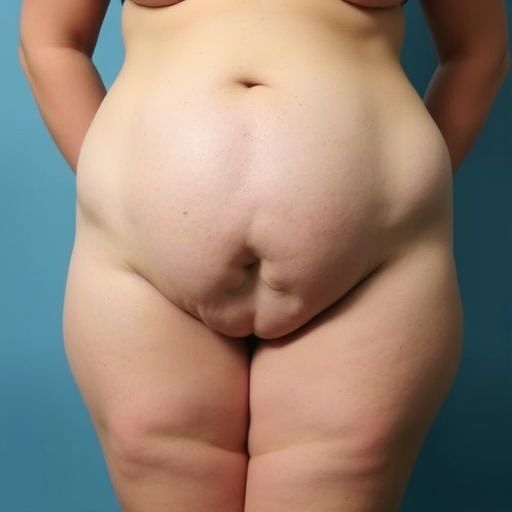
Credit: Image copyright: MRC Laboratory of Molecular Biology or MRC LMB
Researchers of the Hubrecht Institute (KNAW) in Utrecht, The Netherlands, and the MRC Laboratory of Molecular Biology in Cambridge, United Kingdom, have discovered a new way in which the human body repairs DNA damage caused by a degradation product of alcohol. That knowledge underlines the link between alcohol consumption and cancer. The research groups of Puck Knipscheer and Ketan J. Patel worked together on this study and published the results in the scientific journal Nature on the 4th of March.
Our DNA is a daily target for a barrage of damage caused by radiation or toxic substances such as alcohol. When alcohol is metabolized, acetaldehyde is formed. Acetaldehyde causes a dangerous kind of DNA damage – the interstrand crosslink (ICL) – that sticks together the two strands of the DNA. As a result, it obstructs cell division and protein production. Ultimately, an accumulation of ICL damage may lead to cell death and cancer.
Defense against DNA damage
Thankfully, every cell in our body possesses a toolkit with which it can repair this type of damage to the DNA. The first line of defense against ICLs caused by acetaldehyde is the ALDH2 enzyme, that largely breaks down acetaldehyde before it causes any harm. However, not everyone profits from this enzyme – about half of the Asian population, more than 2 billion people worldwide, possess a mutation in the gene coding for this enzyme. Because they are not able to break down acetaldehyde, they are more prone to develop alcohol-related cancer.
New line of defense
Scientists from the groups of Puck Knipscheer (Hubrecht Institute) and Ketan J. Patel (MRC Laboratory of Molecular Biology) studied the second line of defense against alcohol-induced ICLs: mechanisms that remove the damage from the DNA. The investigators studied these mechanisms using protein extracts made from the eggs of the clawed frog (Xenopus laevis), an animal model commonly used in biology research. By using these extracts to repair an ICL formed by acetaldehyde, they discovered the existence of two mechanisms that repair ICL damage: the previously known Fanconi anemia (FA) pathway and a novel, faster route. These two mechanisms differ from each other: in the FA pathway the DNA is cut to remove the ICL, whereas the enzymes in the newly discovered route cut the crosslink itself.
Specific damage
With this research, the scientists provide a mechanistic sneak peek in the process of DNA damage repair. ‘We now know that there are multiple ways in which the body can repair ICLs in the DNA’, says co-lead author Puck Knipscheer. She thinks that this type of research may lead to a better understanding of treatment for alcohol-related types of cancer. ‘But before we can do that, we first have to know exactly how this novel mechanism for ICL repair works.’
###
Alcohol-derived DNA crosslinks are repaired by two distinct mechanisms. Michael Hodskinson, Alice Bolner, Koichi Sato, Ashley Kamimae-Lanning, Koos Rooijers, Merlijn Witte, Mohan Mahesh, Jan Silhan, Maya Petek, David Williams, Jop Kind, Jason Chin, Ketan Patel, Puck Knipscheer. Nature 2020. DOI: 10.1038/s41586-020-2059-5
Puck Knipscheer is group leader at the Hubrecht Institute (KNAW) and Oncode Investigator.
Ketan J. Patel is group leader at the MRC Laboratory of Molecular Biology and professor of Molecular Medicine and Stem Cell Genomics in the Department of Medicine, University of Cambridge.
About the Hubrecht Institute
The Hubrecht Institute is a research institute focused on developmental and stem cell biology. It encompasses 23 research groups that perform fundamental and multidisciplinary research, both in healthy systems and disease models. The Hubrecht Institute is a research institute of the Royal Netherlands Academy of Arts and Sciences (KNAW), situated on Utrecht Science Park. Since 2008, the institute is affiliated with the UMC Utrecht, advancing the translation of research to the clinic. The Hubrecht Institute has a partnership with the European Molecular Biology Laboratory (EMBL). For more information, visit http://www.
About the MRC Laboratory of Molecular Biology
The MRC LMB is one of the world’s leading research institutes. Discoveries and inventions developed at the LMB, for example, DNA sequencing and determining structures of proteins, have revolutionised all areas of biology. LMB scientists work to advance understanding of biological processes at the molecular level. This information will help us understand the workings of complex systems, such as, the immune system and the brain, and solve key problems in human health. http://www2.
Media Contact
Melanie Fremery
[email protected]
31-683-596-548
Related Journal Article
http://dx.




